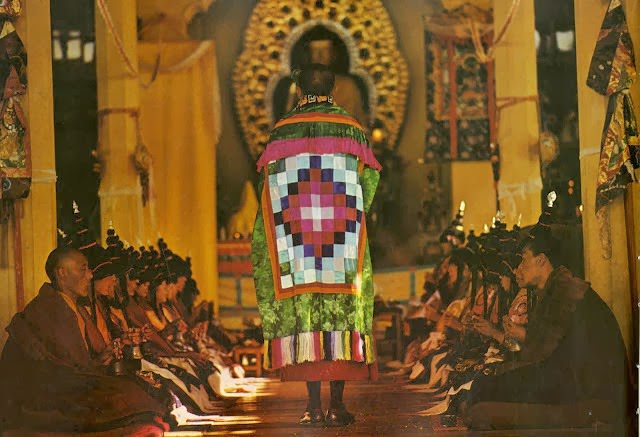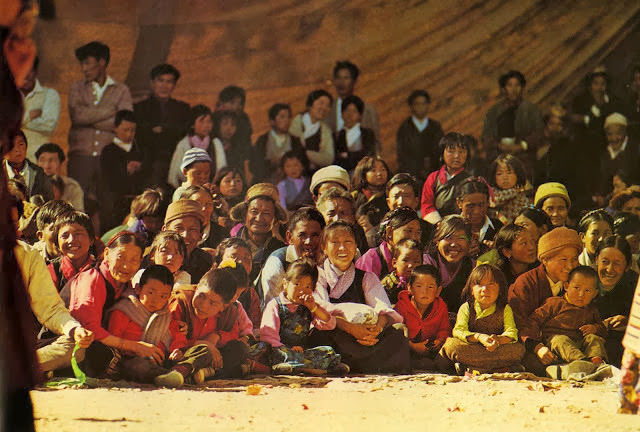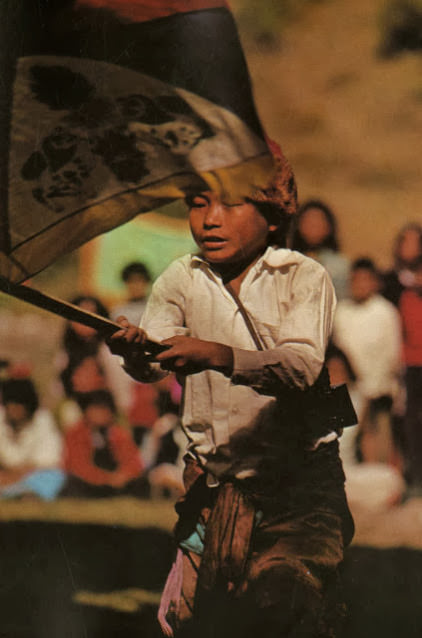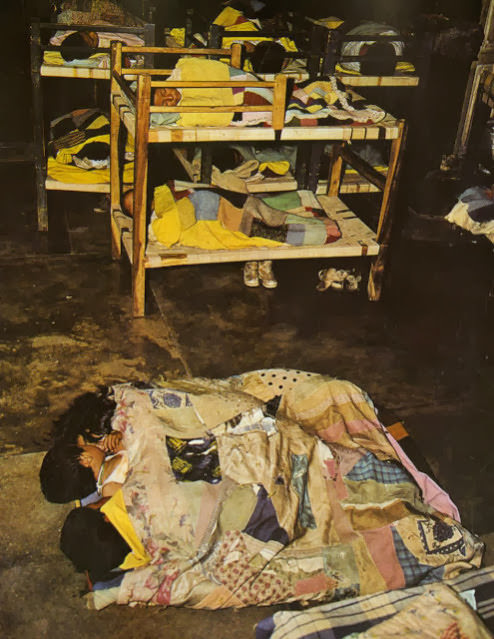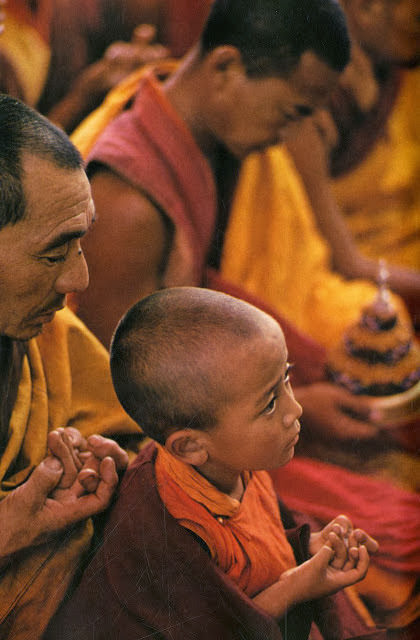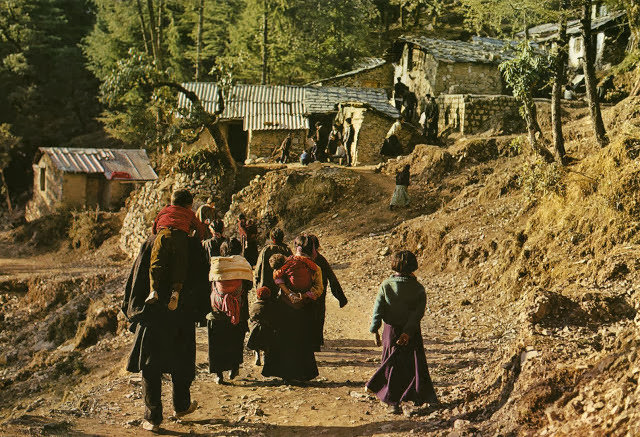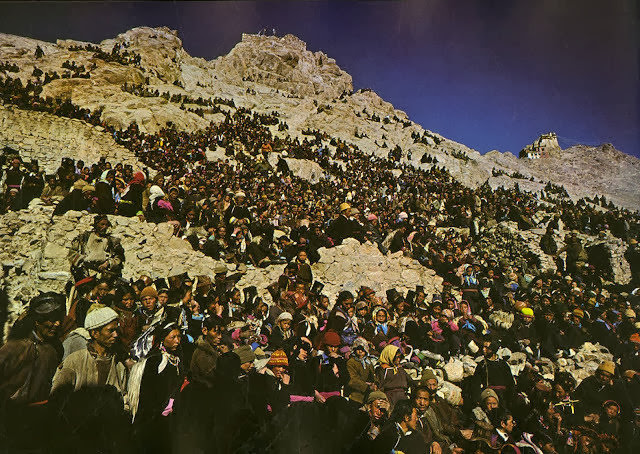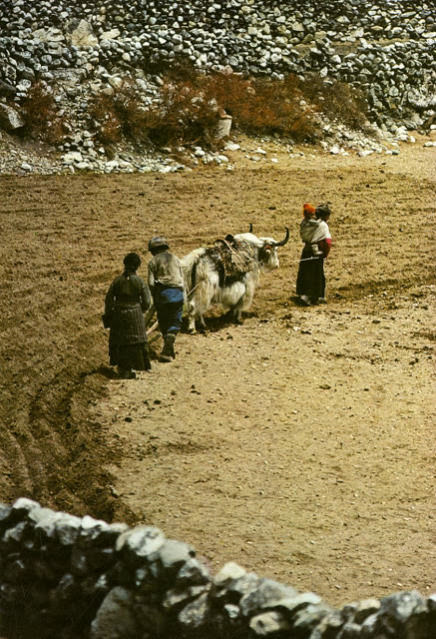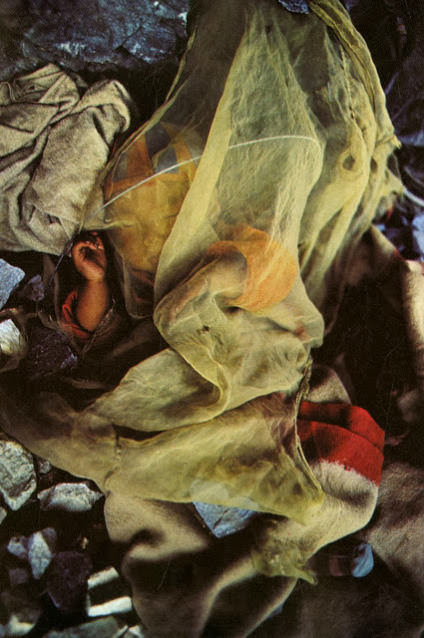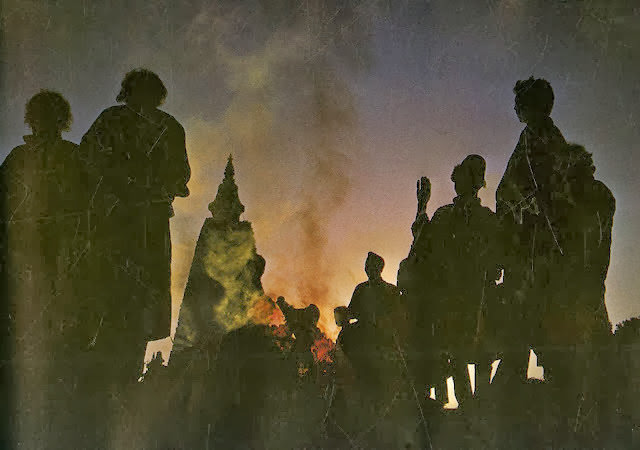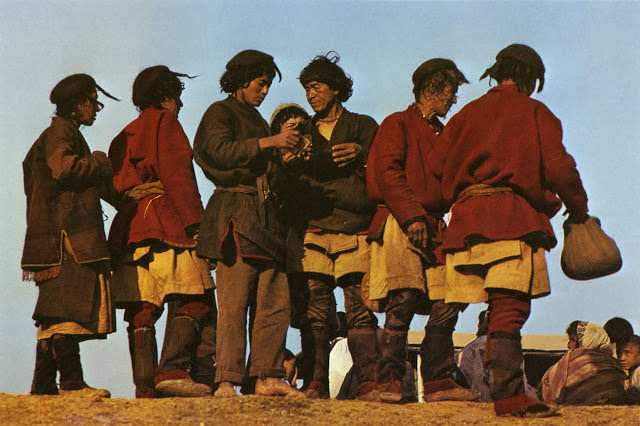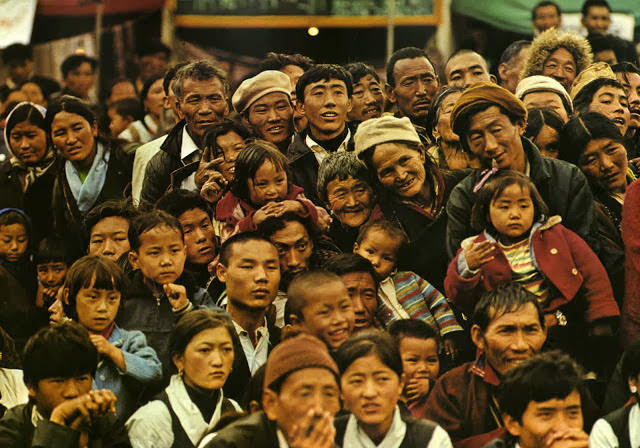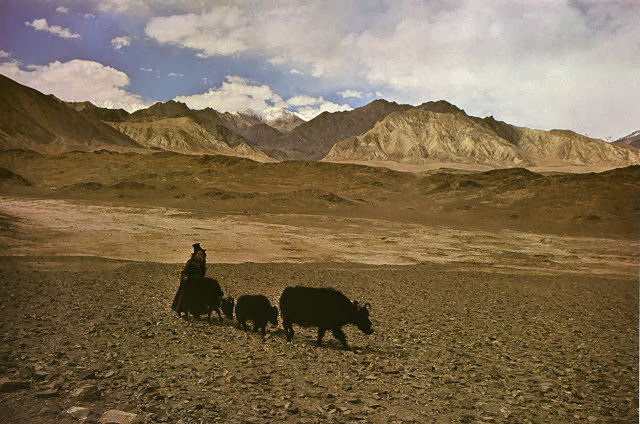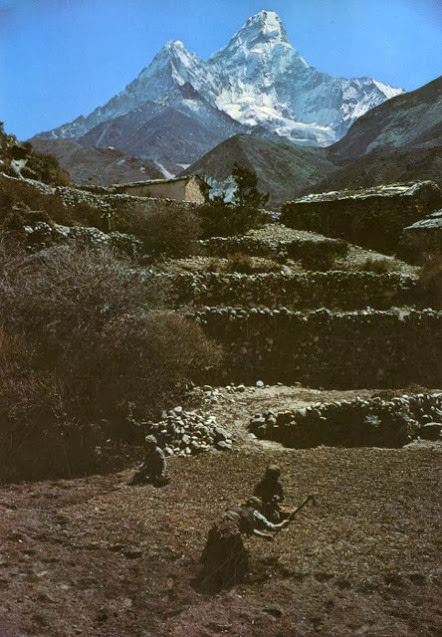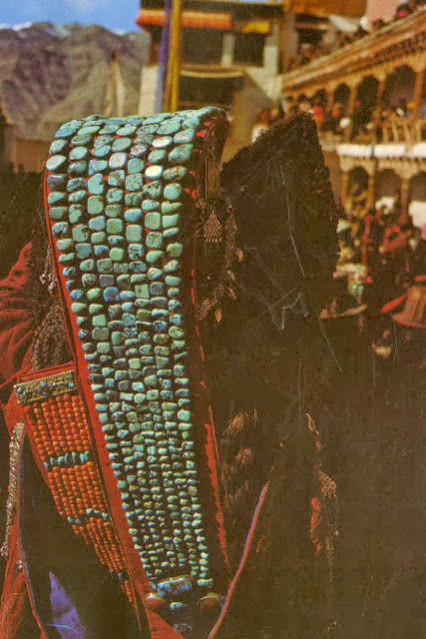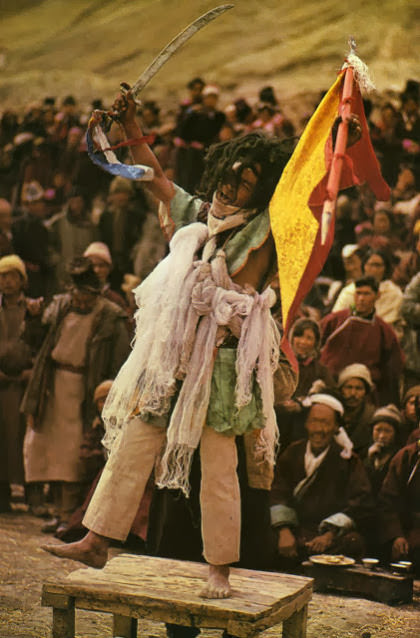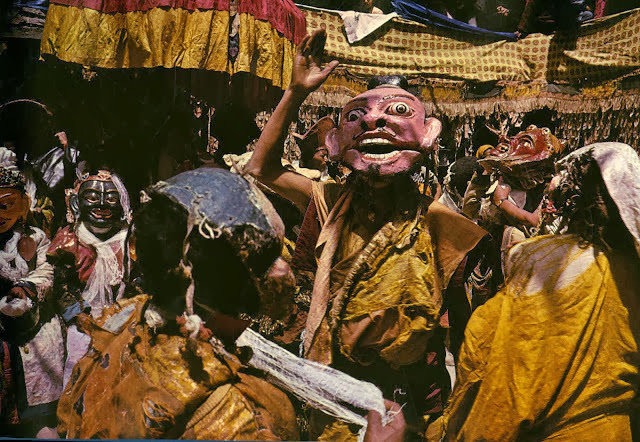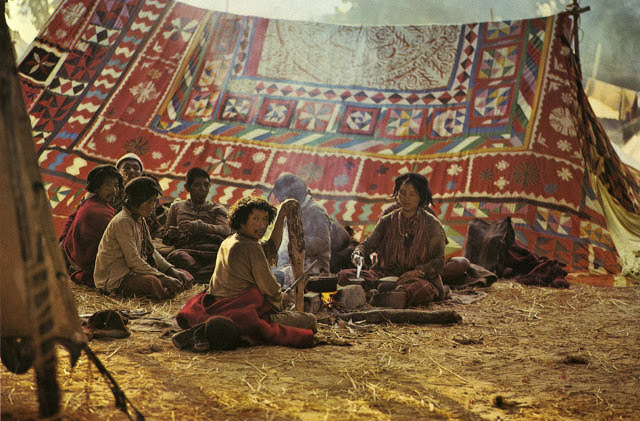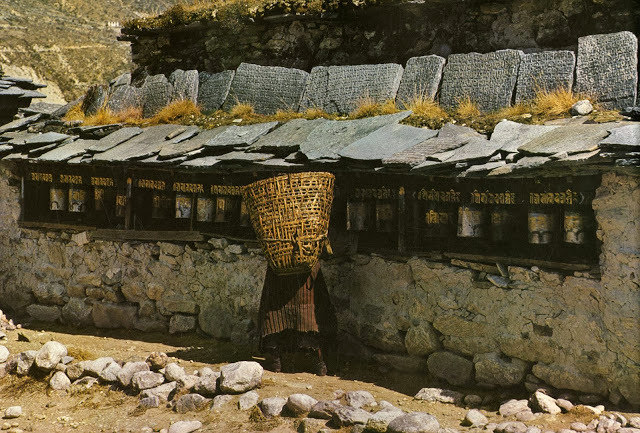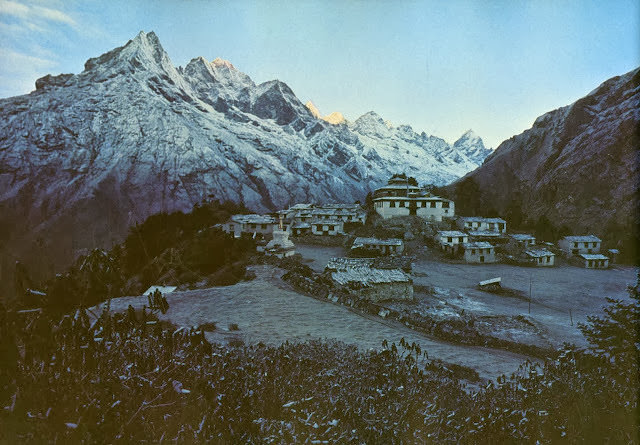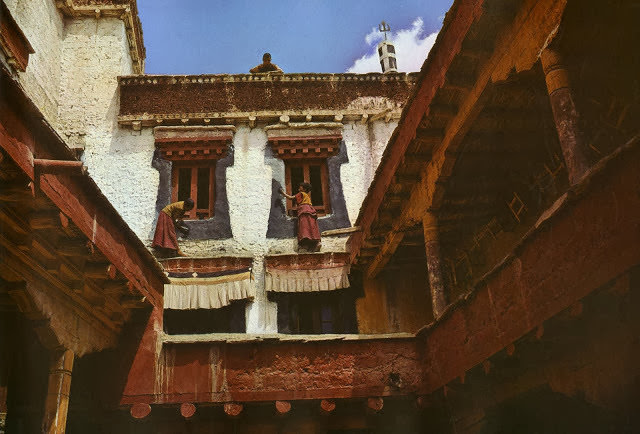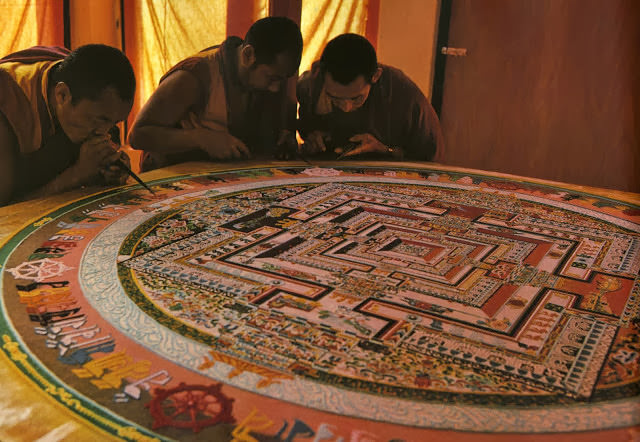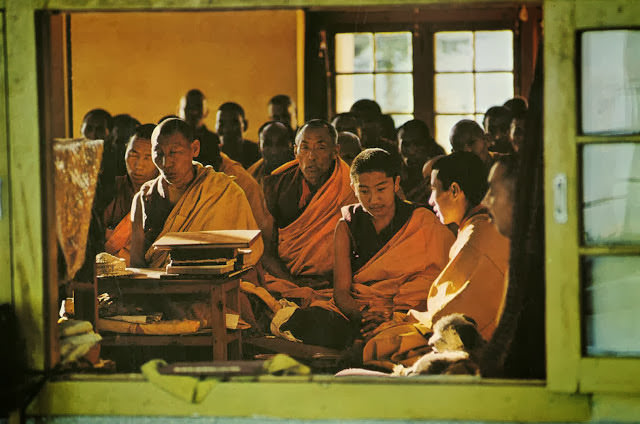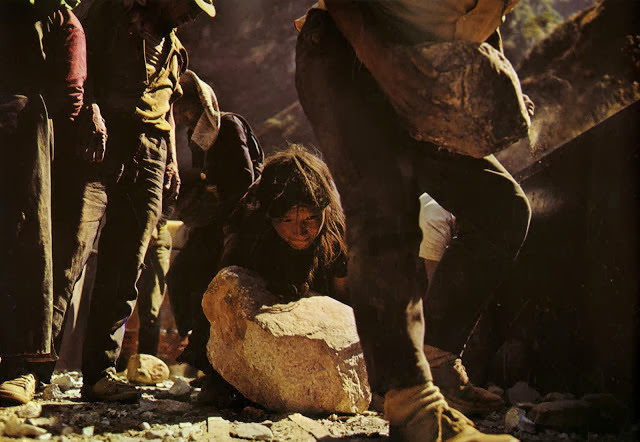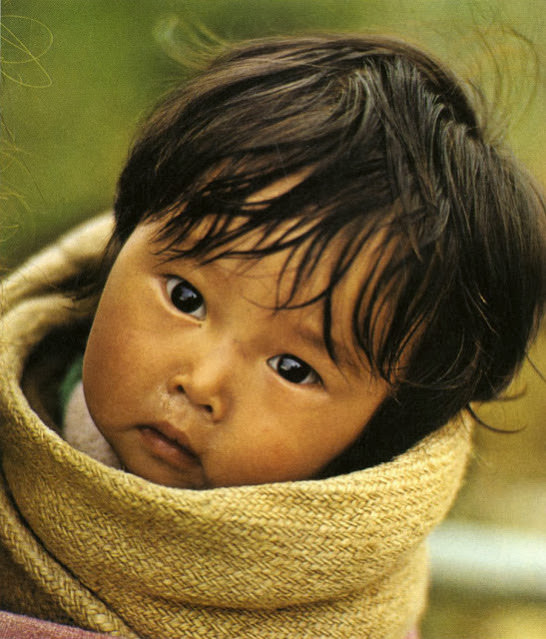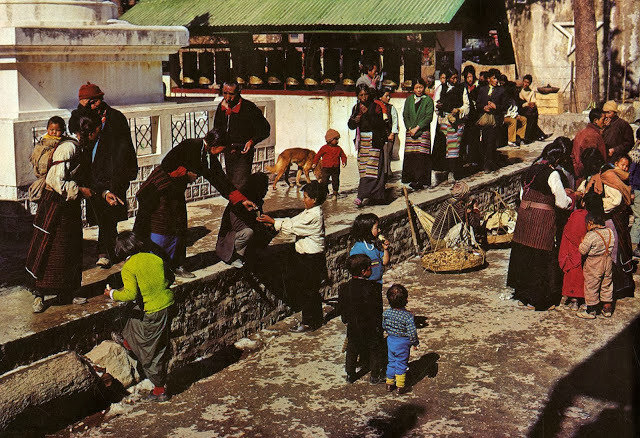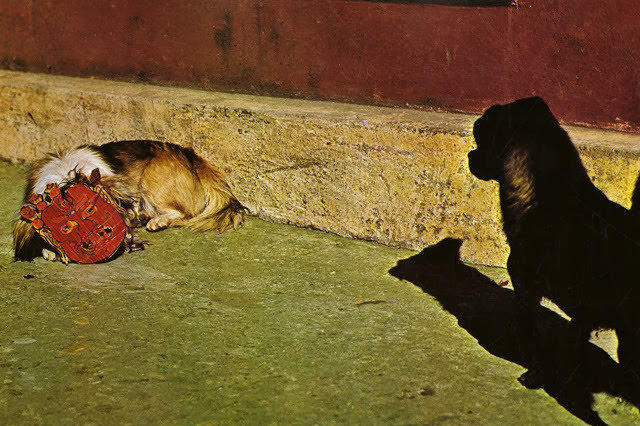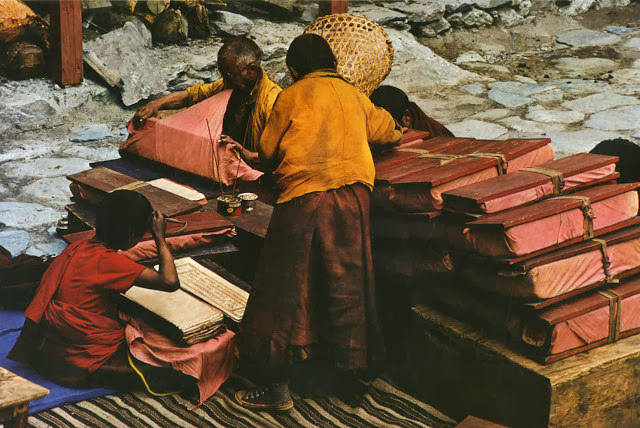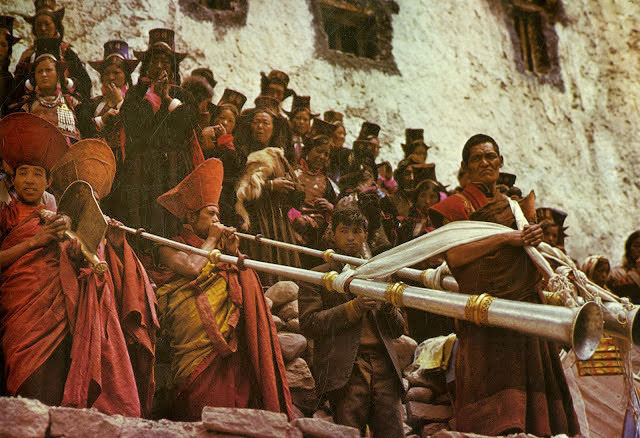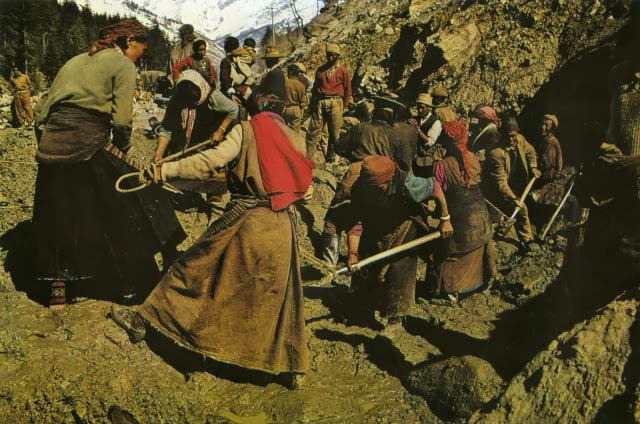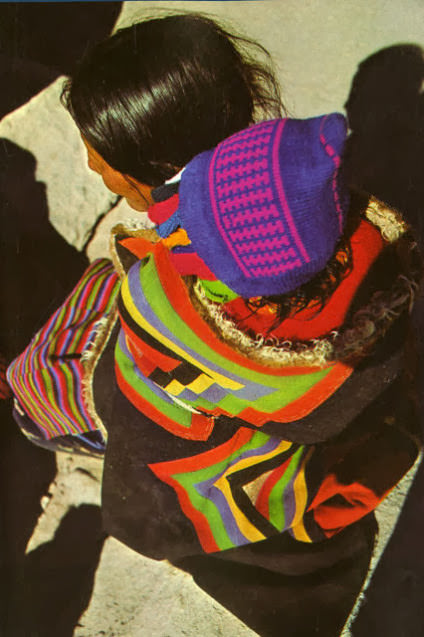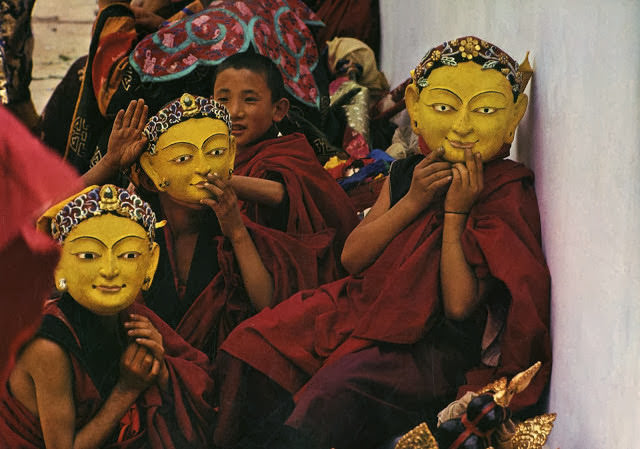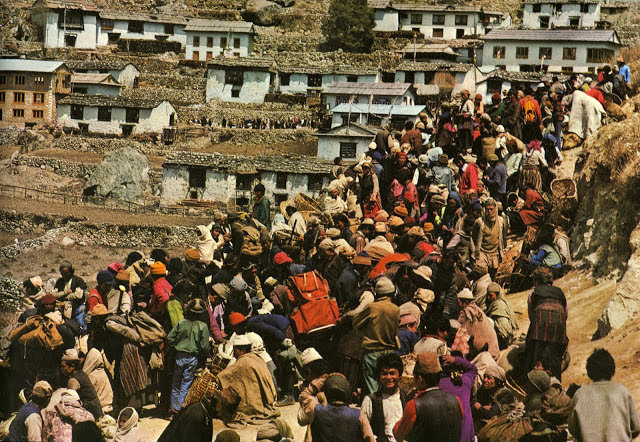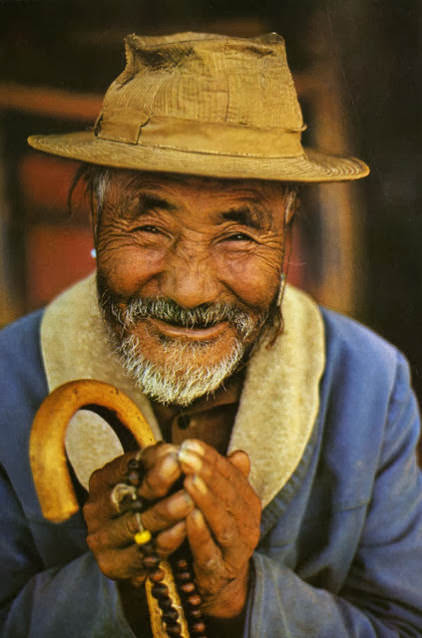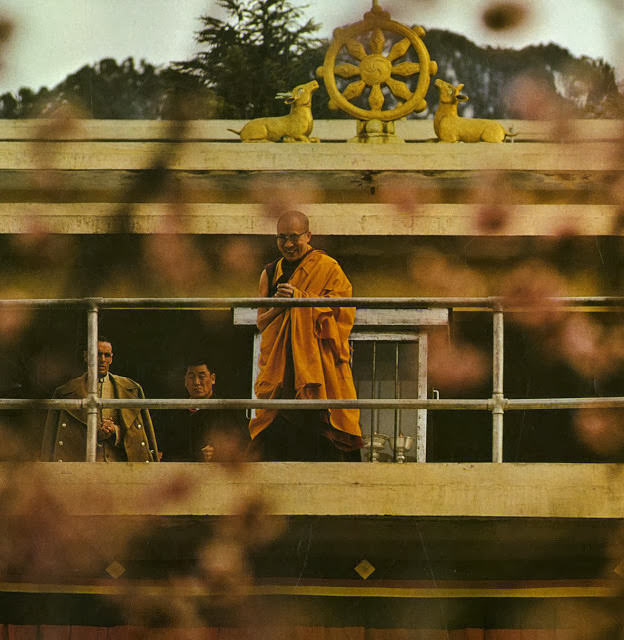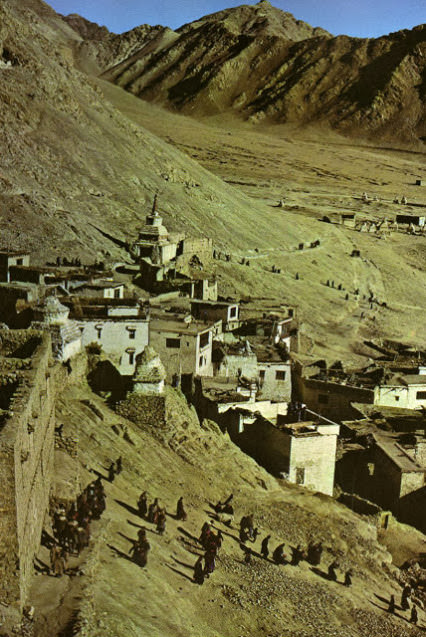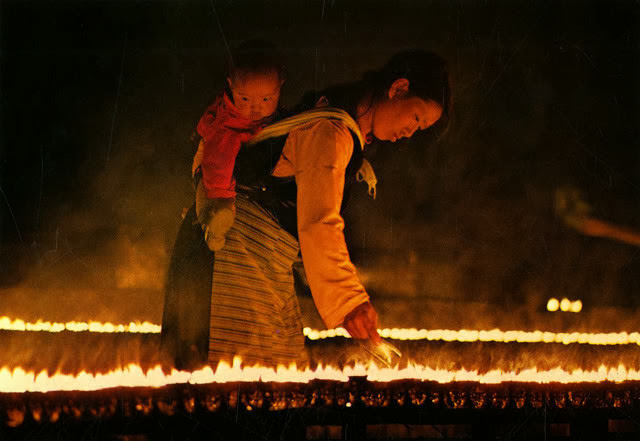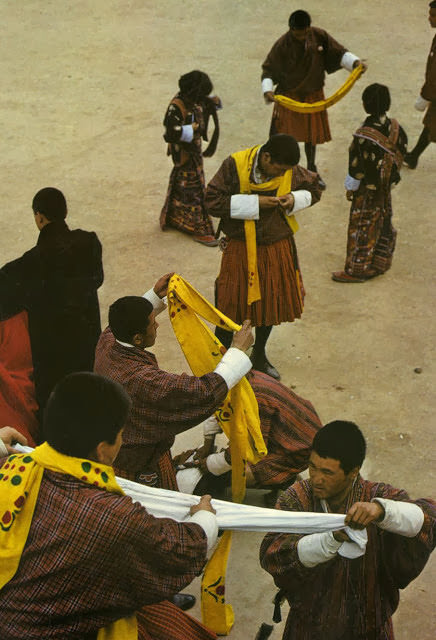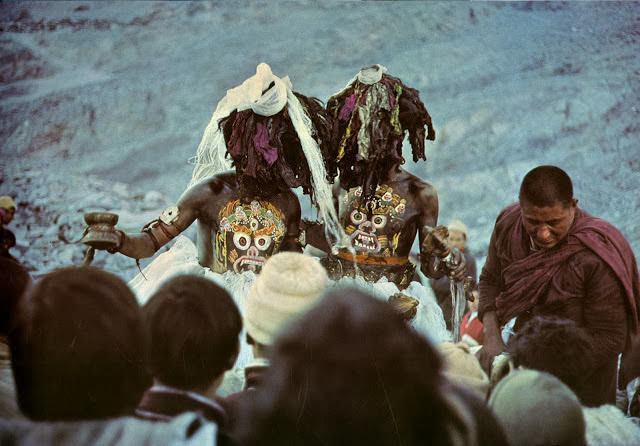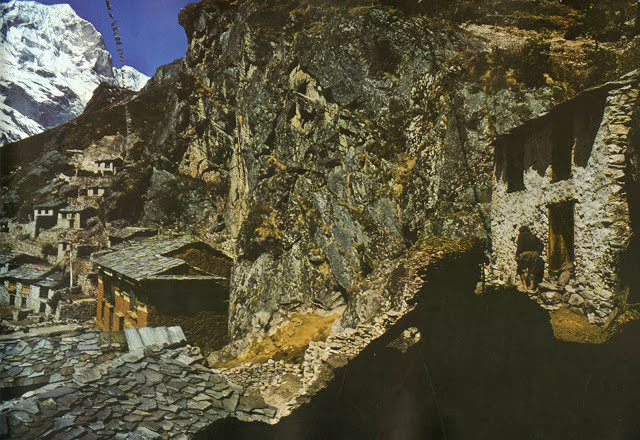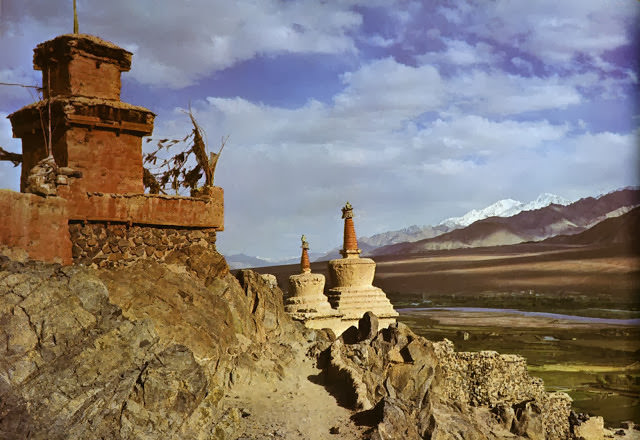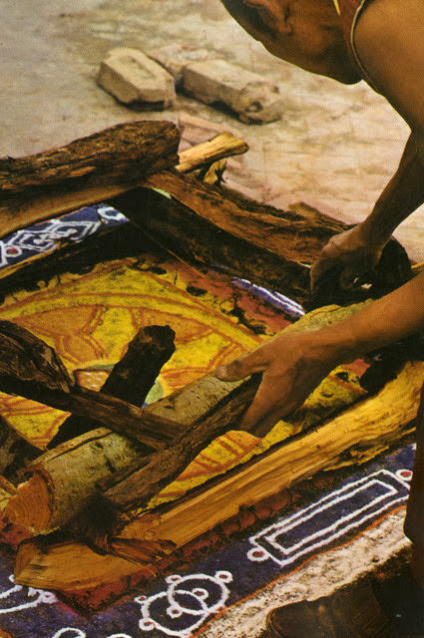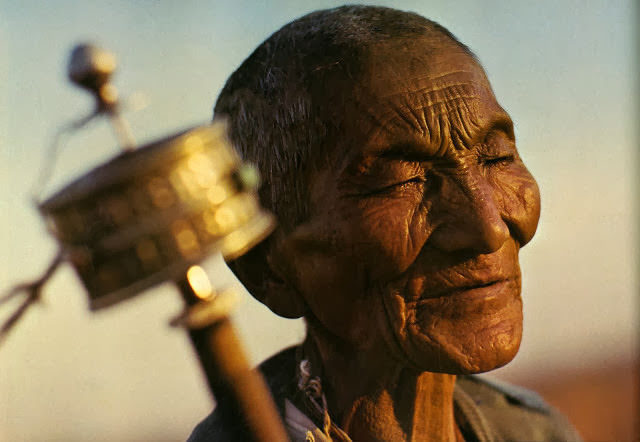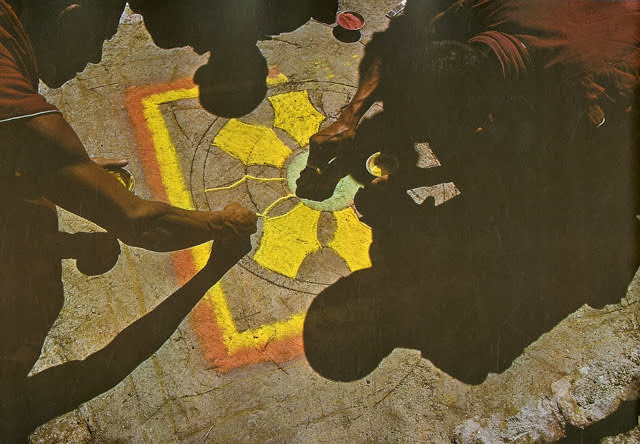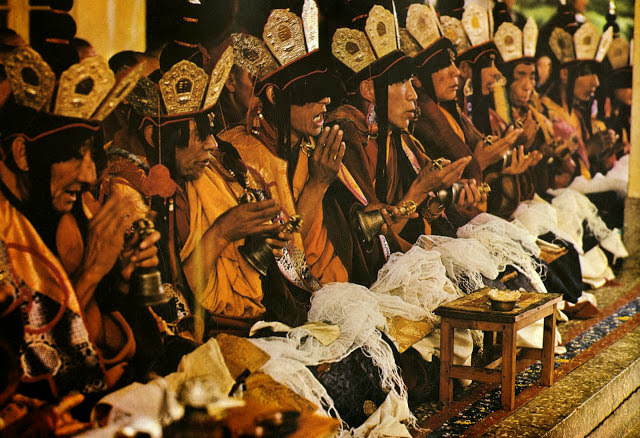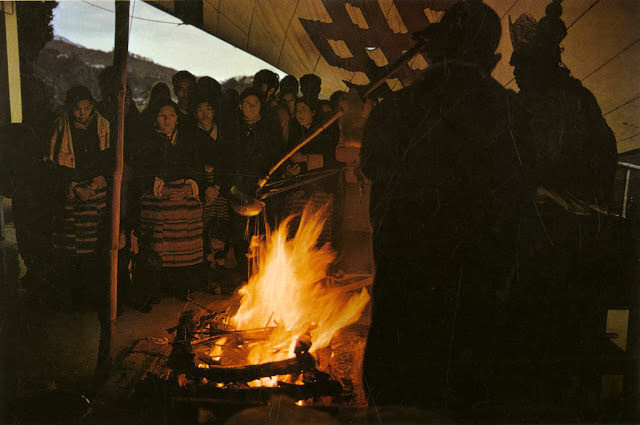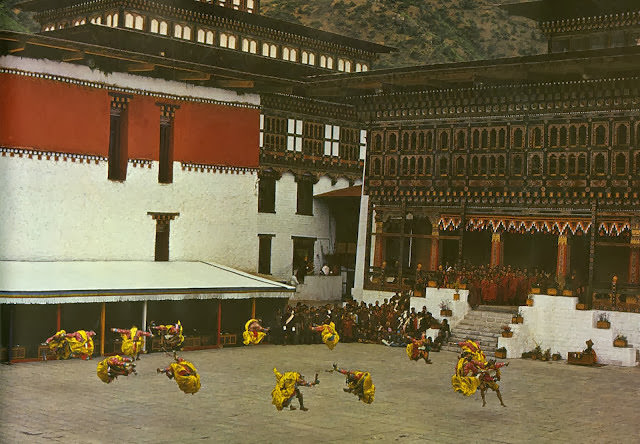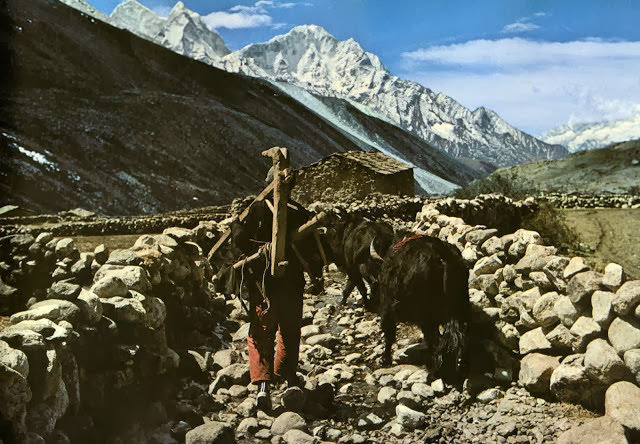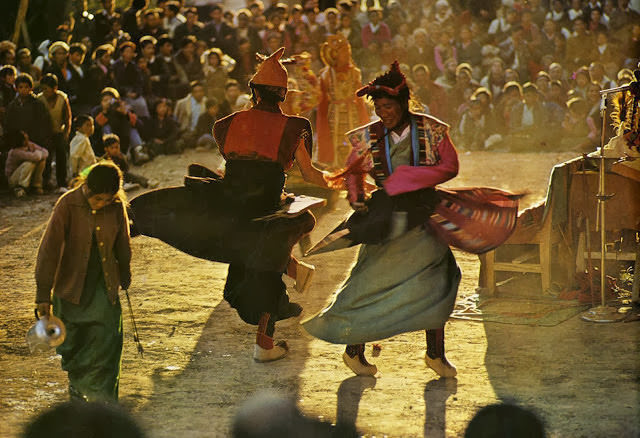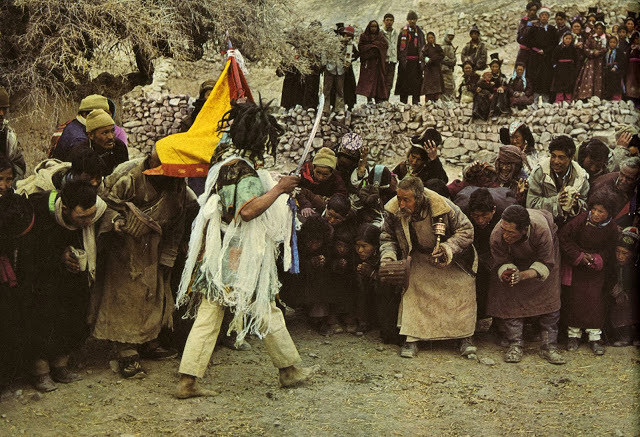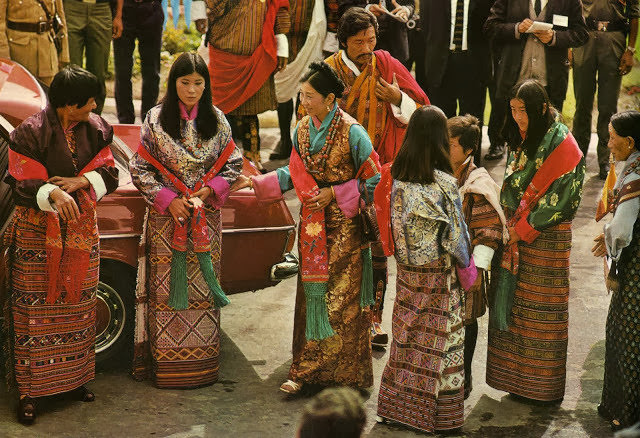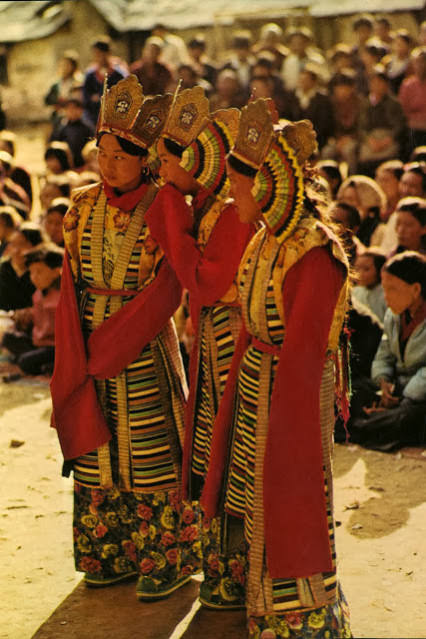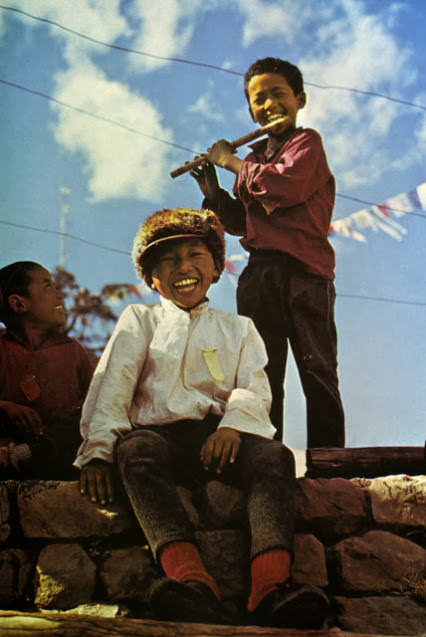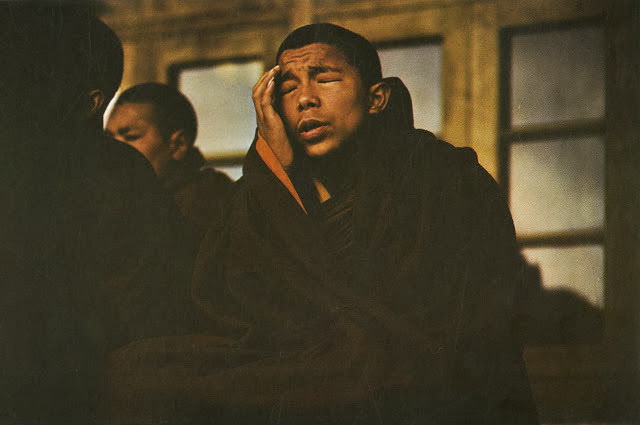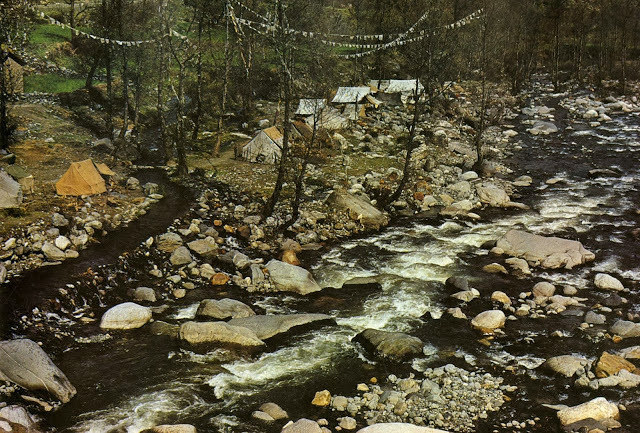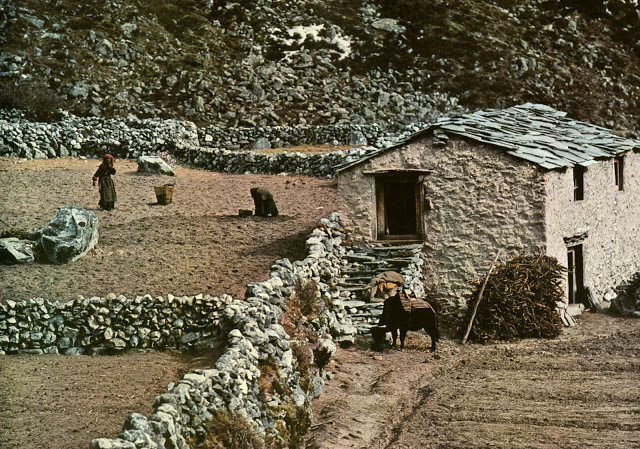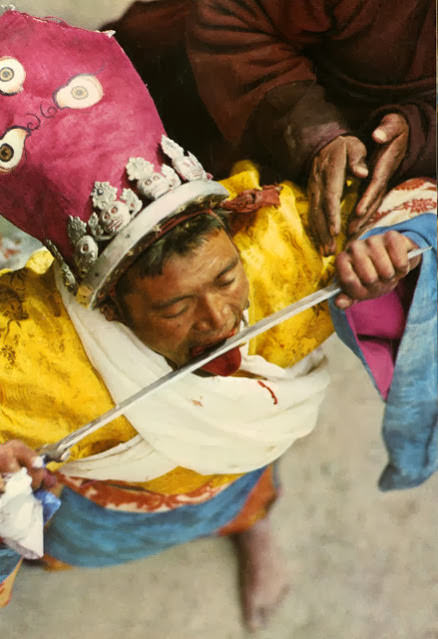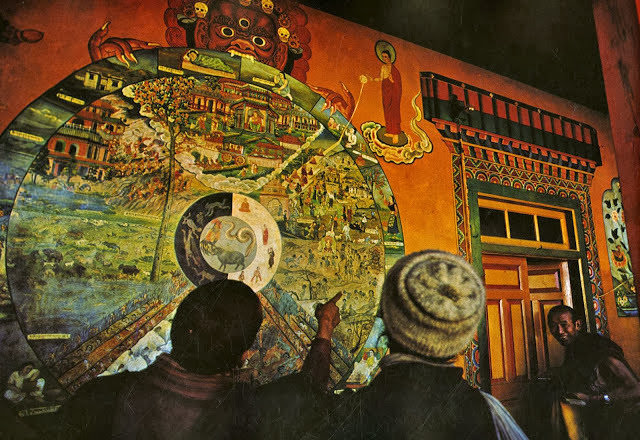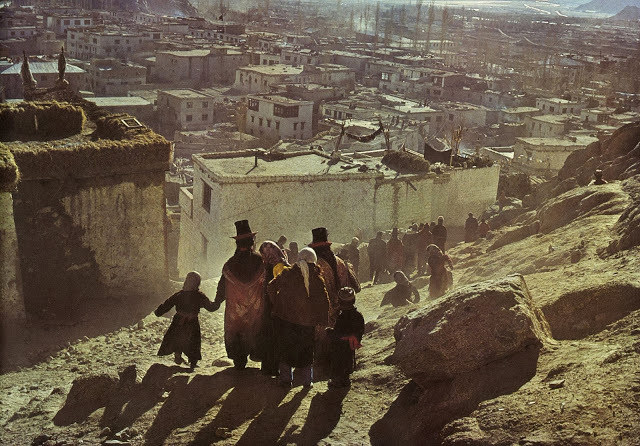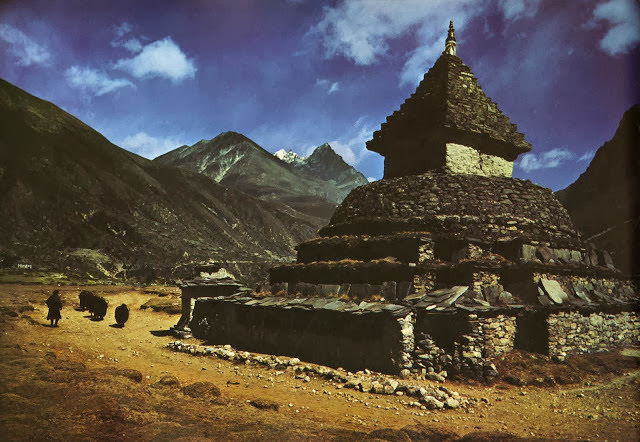In the 1970s, daily life in the remote villages of the Himalayas was shaped by the high altitude, rugged terrain, and deep-seated traditions. Communities in regions like the Khumbu in Nepal, home to the Sherpa people, lived in a world that was just beginning to experience increased contact with the outside world through mountaineering expeditions and trekking.
Life revolved around a rhythm of agriculture and animal husbandry. Families lived in sturdy houses built from stone and wood, designed to withstand the harsh weather. These homes often had two levels, with livestock such as yaks and goats sheltered on the ground floor for warmth, and the family living on the upper floor. The main living area was centered around a hearth, which provided heat and was used for cooking.
The diet was based on the limited crops that could be grown in the high-altitude climate. These included barley, buckwheat, and potatoes, which were a staple food. People consumed dishes like tsampa (roasted barley flour), flatbreads, and potato stews. Butter tea, made by churning tea with yak butter and salt, was a vital source of calories and warmth, consumed throughout the day.
Read more
Work was physically demanding and divided by season. During the warmer months, families tended to their terraced fields, which were carved into the steep mountainsides. They planted and harvested their crops by hand. Herders would take their yaks and other animals to higher pastures to graze. Yaks were essential to the Himalayan economy. They provided milk, butter, cheese, and wool, and their dried dung was a crucial source of fuel for fires in a region with few trees. Yaks also served as the primary mode of transportation, carrying heavy loads of goods along ancient trade routes connecting villages.
The 1970s also saw a growth in trekking and mountaineering, which provided a new source of income. Many Sherpa men worked as porters and guides, using their expert knowledge of the mountains and their physiological adaptation to high altitudes. They guided foreign climbers on expeditions to peaks like Mount Everest, carrying heavy supplies and establishing camps.


